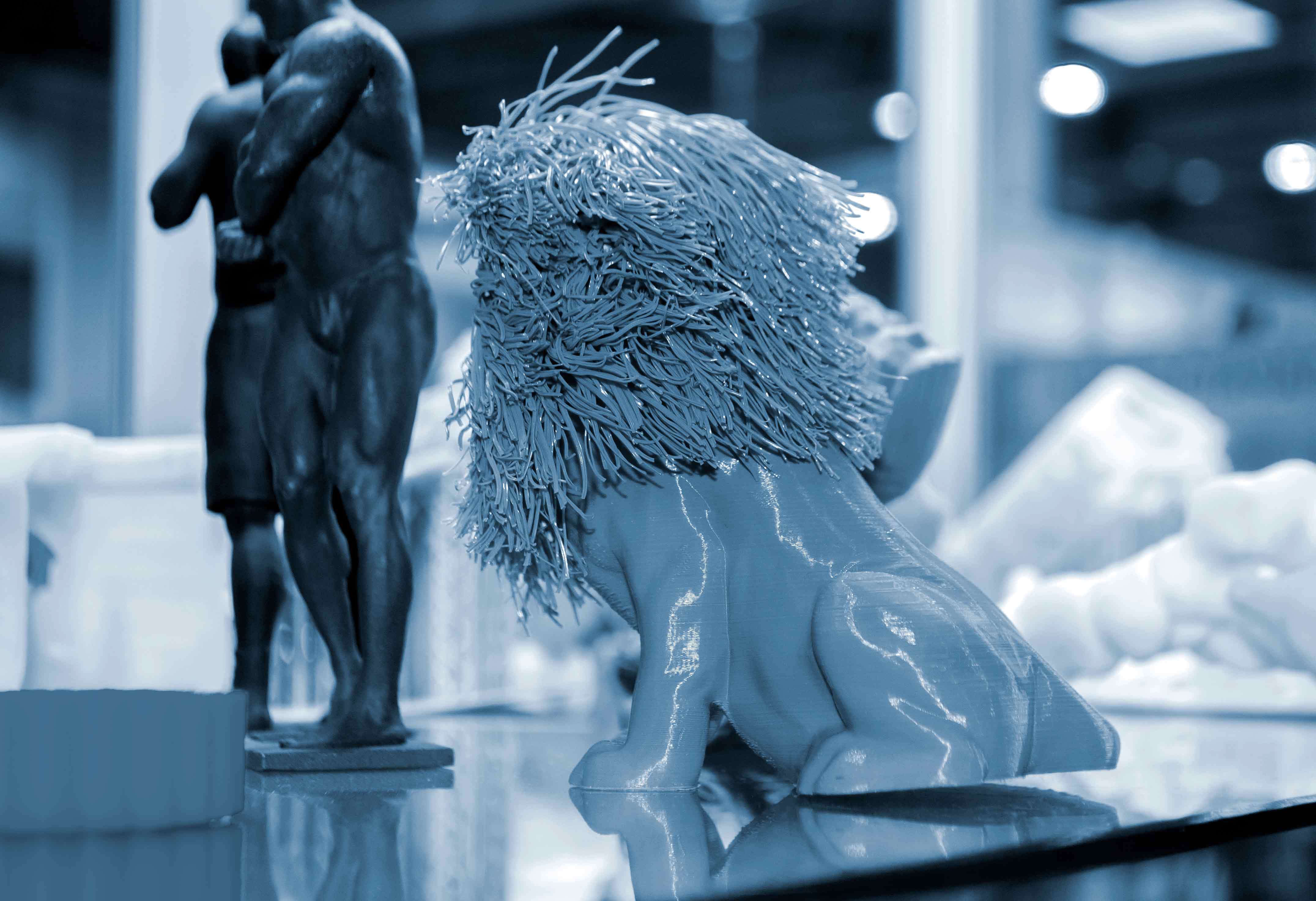Printing Process:
● Multi Jet Fusion (MJF): Uses a fusing agent and a detailing agent applied by inkjet nozzles. The fusing agent promotes the absorption of infrared light, which is then used to heat and solidify the powder layer by layer.
● Selective Laser Sintering (SLS): Utilizes a laser to scan and sinter each cross-section of the powder layer by layer. The laser selectively fuses the powder based on the design.
Heat Source:
● MJF: Employs infrared energy to fuse the powder where the fusing agent has been applied.
● SLS: Uses a laser to sinter the powder directly.
Material Options:
● MJF: Primarily uses thermoplastic materials like Nylon PA12, PA11, and TPU.
● SLS: Offers a broader range of materials, including PA12, PA11, and high-performance polymers like PEEK and flame-retardant materials.
Surface Finish and Detail:
● MJF: Produces parts with excellent surface finish and fine details, often requiring minimal post-processing.
● SLS: Also produces high-quality parts but may require more post-processing to achieve a smooth finish.
Color Capabilities:
● MJF: Typically prints in grayscale, though recent advancements have expanded its color capabilities.
● SLS: Generally prints in white or gray, making it easier to dye parts post-production.
Applications:
● MJF: Suitable for functional prototypes, end-use parts, and small to medium production runs. Common applications include automotive components, consumer goods, and medical devices.
● SLS: Ideal for complex geometries and high-performance applications, including aerospace, automotive, and medical industries.
Post-Processing:
● MJF: Generally requires less post-processing, though some finishing work like bead blasting may be needed.
● SLS: Involves removing excess powder and may require additional finishing steps to achieve the desired surface quality.












